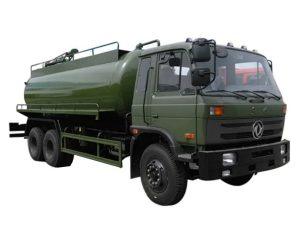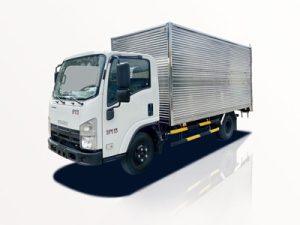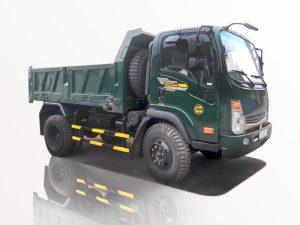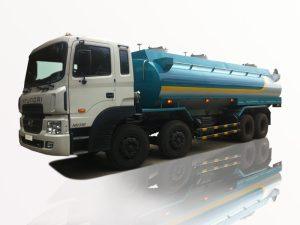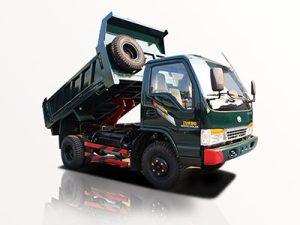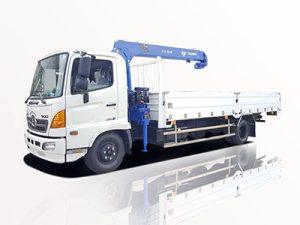Monday to Saturday - 8:00 -17:30
How Tall Is a Fire Truck Ladder? A Comprehensive Guide
Understanding the dimensions and capabilities of a fire truck ladder is essential for various reasons, whether you are a fire service professional, a concerned citizen, or simply curious about the mechanisms used in firefighting. This article will elaborate on how tall fire truck ladders typically are, the factors influencing their height, and much more.
The Basics of Fire Truck Ladders
Fire truck ladders are specialized pieces of equipment used by firefighters to access elevated areas during emergencies. They come in various types and sizes, depending on the specific needs of the fire department. In general, fire truck ladders can reach impressive heights, often crucial for saving lives and protecting property.
Types of Fire Truck Ladders
Fire truck ladders can be classified into several categories based on their design and usage:
- Extension Ladders: These ladders can be extended to reach high places. They are generally made of aluminum or fiberglass and can support various weights.
- Aerial Ladders: Mounted on fire trucks, these ladders provide significant reach and can rotate, offering access to multi-story buildings.
- Straight Ladders: A non-extendable ladder, usually shorter, but used for quick access to lower structures.
- Combination Ladders: These versatile ladders can be used as a straight ladder or converted into an A-frame ladder.
Understanding Ladder Height
The height of a fire truck ladder is a crucial factor in determining its effectiveness. Fire truck ladders vary in height depending on their type and the specific use case. Here’s a closer look at the details:
Average Height of Fire Truck Ladders
| Ladder Type | Typical Height Range |
|---|---|
| Extension Ladder | 30 to 50 feet |
| Aerial Ladder | 75 to 100 feet |
| Straight Ladder | 20 to 35 feet |
| Combination Ladder | 10 to 28 feet |
Factors Influencing Ladder Height
Several factors influence the height of fire truck ladders. Understanding these elements helps in appreciating the complexities behind their designs and uses:
1. Intended Use
The primary purpose of the ladder dictates its height. For example, aerial ladders designed for tall buildings are much higher than straight ladders intended for single-story homes.
2. Vehicle Type
Different fire vehicles have varying specifications, which in turn affects the ladder sizes. For instance, a quint (a fire truck that combines an aerial ladder with other firefighting features) typically has a taller ladder than a standard engine truck.
3. Safety Standards
Fire ladders must adhere to strict regulations set by organizations such as the National Fire Protection Association (NFPA) and local guidelines. These standards influence both the design and height specifications.
4. Manufacturer Specifications
Different manufacturers have unique designs and engineering capabilities, which can lead to variations in height and functionality. Popular makers like Rosenbauer, Pierce, and E-One offer various models with distinct ladder characteristics.
How Fire Truck Ladders Are Used in Emergencies
Fire truck ladders play a vital role during emergencies. Here are some practical scenarios where ladders are crucial:
1. Rescue Operations
Firefighters often need to rescue individuals from upper stories of buildings during a fire or other emergencies. Ladders allow them to reach these heights quickly and safely.
2. Ventilation Procedures
In many situations, firefighters need to ventilate smoky areas to improve visibility and breathing conditions. Aerial ladders provide access to rooftops for creating ventilation openings.
3. Firefighting
In some situations, firefighters may need to apply water to upper floors of a building. Aerial ladders help them direct hoses effectively to reach those heights.
Tips for Utilizing Fire Truck Ladders
Effective use of fire truck ladders involves understanding some best practices:
1. Assess the Situation
Before deploying a ladder, assess the emergency scene carefully. Determine the height required and the most effective ladder type for the situation.
2. Follow Safety Procedures
Implement safety measures, such as using proper gear and ensuring the ladder is securely placed on a stable surface.
3. Continuous Training
Firefighters must undergo regular training to remain proficient in ladder operations and understand the various types of ladders used in different scenarios.
Conclusion: The Importance of Ladder Height in Firefighting
Understanding how tall a fire truck ladder can reach plays a critical role in firefighting and rescue operations. Having the right equipment for the situation can mean the difference between life and death. Fire departments continually strive to improve their ladder heights and capabilities to serve their communities effectively.
FAQ
1. How tall can a fire truck ladder reach?
Aerial ladders can typically reach heights of 75 to 100 feet, while extension ladders can extend up to 50 feet. Each fire truck has specific capabilities based on its design.
2. What factors determine the type of ladder used during a fire?
The situation, the height of the building, and the equipment available dictate the ladder type. Firefighters assess the emergency to determine the best course of action.
3. Are all fire trucks equipped with ladders?
No, not all fire trucks are equipped with ladders. Engine trucks may have basic ladders, while aerial trucks are specifically designed to carry larger, more complex ladder systems.
4. How often are fire ladders inspected?
Fire ladders are typically inspected regularly according to NFPA standards and manufacturer guidelines, which may include daily checks and more thorough inspections monthly or annually.
5. Can fire truck ladders be manually operated?
Yes, most fire truck ladders can be operated manually, although modern aerial ladders are often equipped with hydraulic systems for easier deployment and control.
6. What materials are fire truck ladders made from?
Fire truck ladders are commonly made from aluminum or fiberglass due to their lightweight yet durable properties, facilitating ease of transport and use.


